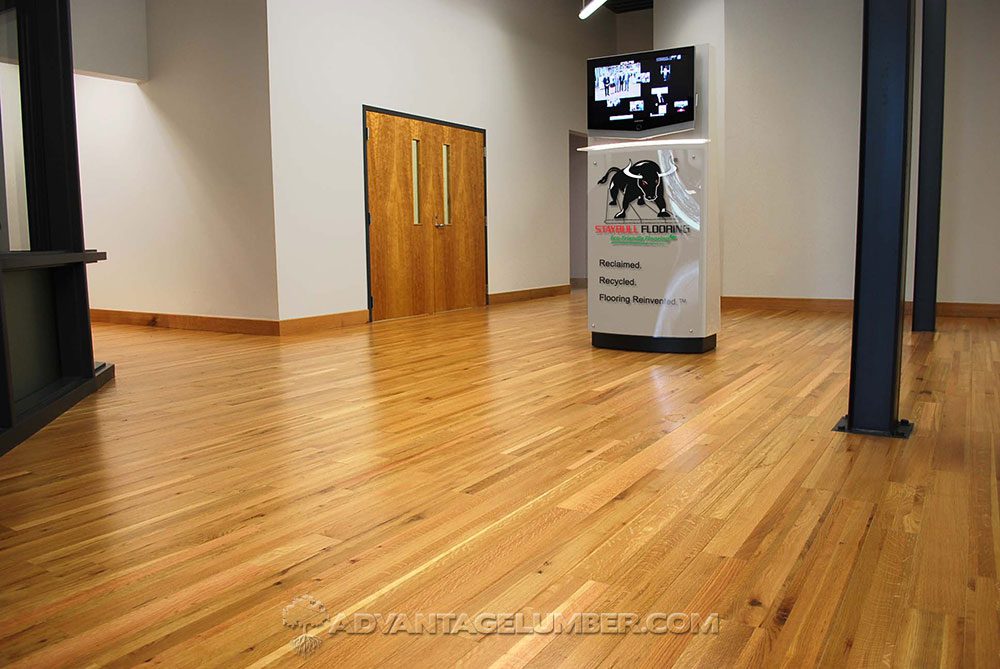When it comes to hardwood flooring, both European White Oak and American White Oak are top choices. Though they share the name “white oak,” there are distinct differences between the two in terms of appearance, durability, and cost.
In this blog post, we’ll delve into the main distinctions, helping you make an informed decision for your home or project.
1. Origin
- European White Oak: As the name suggests, this type of oak is native to Europe. It primarily grows in countries such as France, Germany, and England.

- American White Oak: This variety is native to the eastern part of the United States and is one of the most prevalent hardwoods in North America.

2. Appearance
- European White Oak: Characterized by its tighter grain pattern and a subtle wavy appearance, European white oak offers a smoother and more consistent look. The color palette tends to lean towards cooler tones, including light browns and muted grays.
- American White Oak: This type displays a straighter grain with more variation between each plank. American white oak has warmer, redder undertones and can sometimes showcase mineral streaks.
3. Durability
Both types of oak are renowned for their durability and longevity, making them excellent choices for flooring.
- European White Oak: Typically has a slightly higher density than its American counterpart, making it somewhat more durable and resistant to wear.
- American White Oak: While slightly less dense than European white oak, it still offers exceptional durability and is commonly used in various applications, including furniture and cabinetry.
4. Cost
The price can vary based on factors such as grade, finish, and where you purchase.
- European White Oak: Often more expensive due to import costs and the perceived exotic nature of European wood.
- American White Oak: Generally more affordable, especially in North America, due to its local abundance.
5. Environmental Impact
Both types of oak are sourced from sustainably managed forests, but the carbon footprint differs due to transportation.
- European White Oak: If you’re in North America, the carbon footprint might be higher due to shipping from Europe.
- American White Oak: For those in the U.S., opting for this type can reduce transportation-related environmental impacts.
6. Versatility in Design
- European White Oak: Tends to be more receptive to a wider range of stains and finishes, allowing for more diverse design options.
- American White Oak: While versatile, its warmer undertones might limit the color palette slightly when compared to European oak.
Conclusion
Both European and American white oak flooring offer unique characteristics that cater to different aesthetics and preferences. While the European variant might appeal to those seeking a refined and uniform appearance, the American type is perfect for those looking for warmth and a touch of rustic charm. Regardless of your choice, both oaks promise durability, style, and a timeless appeal that will enhance any space.